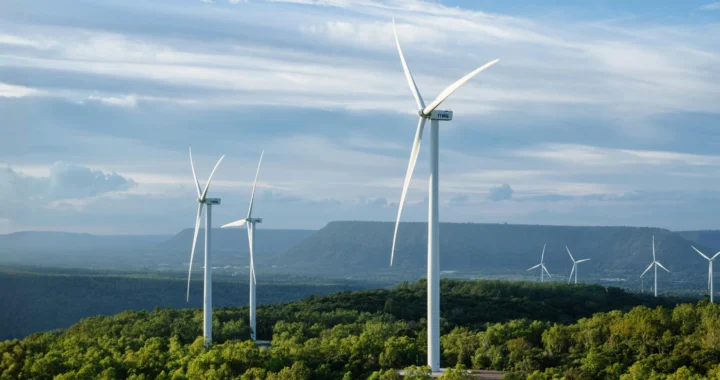Scientists Identified 234 New Species in the Greater Mekong

Photo: Leonie Clough on Unsplash.
The continued loss of Earth’s biodiversity is devastating. On top of the changing climate and other crises, we have also seen a dwindling number of animal and plant species. Fortunately, good news came from the Greater Mekong in Asia as scientists identified 234 new species.
Crisis of Biodiversity Loss
From a simple breath of air to the complex flow of global trade, we depend heavily on biodiversity and ecosystems to support almost all aspects of our lives. However, beyond benefiting humans, biodiversity also has the right to exist as our fellow inhabitants of the Earth, providing a necessary balance to the planet.
Unfortunately, between 1970 and 2020, we have seen approximately 68% decline in animal populations. According to a World Wildlife Fund (WWF) report, habitat destruction due to unsustainable agriculture or rampant logging is the major culprit behind this decline. The report further notes that the Asia-Pacific region had lost 45% of its biodiversity, citing invasive species, land use change, and climate change as the leading causes.
Discovery in the Greater Mekong
Despite grim statistics and multiple crises that seem insurmountable, good news emerged from the Greater Mekong Region. In 2023, scientists identified 234 new species in the region. These discoveries are documented in a WWF report titled “New Species Discoveries in the Greater Mekong,” published in December 2024.
The Greater Mekong region is one of the Earth’s rich biodiversity hotspots. It is home to thousands of animal and plant species, including endangered ones such as the tiger and the Asian elephant. Research on biodiversity continues, and new species are discovered every year.
The research began when a photo of Begonia kayinensis posted by C.S. Paing, a local plant enthusiast. This uniquely textured heart-shaped leaf plant from Myanmar gained the attention of Mya Bhone Maw, a PhD candidate from Myanmar, and her research team, who at that time was working with the Xishuangbanna Tropical Botanical Garden. This interest led them to conduct further investigation with the help of local and international researchers.
“In my experience, local nature enthusiasts bring invaluable knowledge and enthusiasm that can greatly contribute to uncovering new species,” said Mya. “They are often deeply familiar with the local environment and can access remote or difficult-to-reach areas that professional researchers may not be able to visit regularly.”
The 2023 discoveries made by Mya Bhone Maw and her research team brought the total number of species described by science in the region to 3,642 since 1997.
Urgency for Environmental Protection
Among the 234 species discovered in the Greater Mekong are a soft-furred hedgehog, a new freshwater fish, and a new genus of palm trees. These discoveries highlight the importance of existing natural ecosystems and reinforce the urgency of protecting them from the impacts of climate change and other crises. Active conservation efforts from governments, continuous research from scientists, and the promotion of citizen science can enable further discoveries for many years to come.
Editor: Nazalea Kusuma

Join Green Network Asia Membership
If you find this content useful, support Green Network Asia’s movement to create positive impact for people and the planet through public education and multi-stakeholder advocacy on sustainability-related issues and sustainable development. Get exclusive benefits for your personal and professional development.
Become a Member Now
Kresentia Madina
Madina is the Assistant Manager for Digital Publications at Green Network Asia. She graduated from Universitas Indonesia with a bachelor's degree in English Literature. She has three years of professional experience working on GNA international digital publications, programs, and partnerships particularly on social and cultural issues.


 Building Heat Resilience Amidst Rising Risk in the Asia-Pacific
Building Heat Resilience Amidst Rising Risk in the Asia-Pacific  Sounds Right and Recognizing Nature as an Artist for Biodiversity Conservation
Sounds Right and Recognizing Nature as an Artist for Biodiversity Conservation  Statewide Treaty Bill: Australia’s First Treaty with the Indigenous Australians Passed in Victoria
Statewide Treaty Bill: Australia’s First Treaty with the Indigenous Australians Passed in Victoria  Involving Coastal Communities in Tackling Ghost Nets Pollution
Involving Coastal Communities in Tackling Ghost Nets Pollution  An Interview with Jasmin Lim, Chief Marketing Officer at BH Global
An Interview with Jasmin Lim, Chief Marketing Officer at BH Global  The Monsoon Wind Power Project Supports Energy Transition Across Borders in Southeast Asia
The Monsoon Wind Power Project Supports Energy Transition Across Borders in Southeast Asia